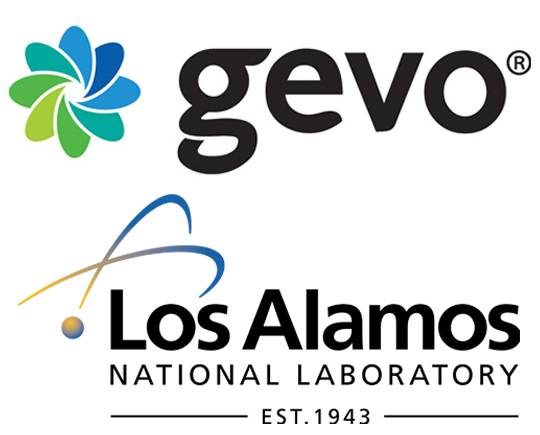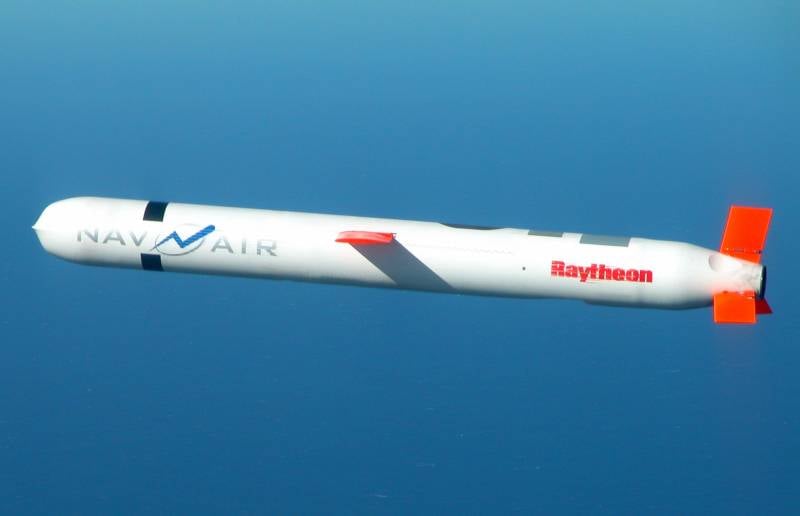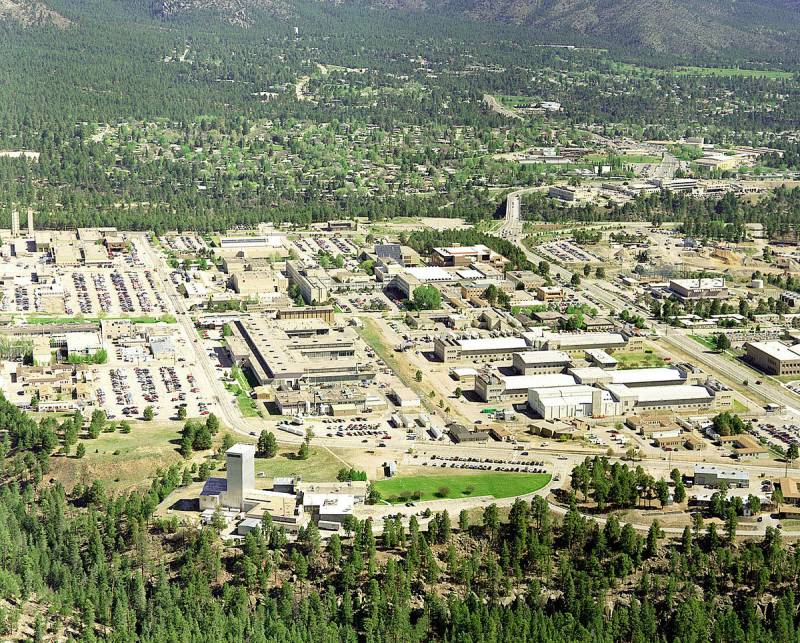Along with Greenpeace. Tomahawks demand corn
Bacteria in the military
The first attempts to replace the high-energy fuel JP-10, which, in particular, is used at the American Tomahawks, were made five years ago at the Georgia Institute of Technology and the Joint Bioenergy Institute. In fact, it was a graduate work of Stephen Sarria under the direction of Associate Professor Pamela Peralta-Yahya. JP-10 came to the attention of scientists because of the high cost: now it is a top-level fuel at a price of $ 27 per 3,75 liters. This price is justified by the high energy density of the fuel due to, as chemists say, "hydrocarbons with stressed cyclic systems." Fuel belongs to the elite class HEDF (High energy density fuels) or fuel with high specific energy, which is now affordable only for military consumers. The combustion of JP-10 in engines allows you to get 20-30% more energy than using ordinary 98th gasoline. If you do not go into chemical details, one of the "chips" of such fuel are pinene molecules, which, as it turned out, are produced by coniferous trees. Moreover, pinen still smells of needles - without it, a real New Year tree would turn into a skillful fake.

The civilian industry could in the future become the main consumer of the fuel type JP-10. Source: pavia-simply.ru
To satisfy the US armed forces with artificial pinene as a component of the rocket JP-10, all the forests of North America would not be enough. Only in the Tomahawk about 460 kilograms of fuel are loaded. Therefore, the developers decided to use the services of bacteria. For this, a gene responsible for the synthesis of pinene from ordinary glucose was introduced into the microorganism (classical intestinal Escherichia coli). All that was left was to collect the “crop” in the form of bacteria metabolic products (yield about 36 mg / l), catalytically process and fill the Tomahawks tanks. Pamela Peralta-Yahya summarized the results of the study:
However, so far this technology has not found practical embodiment, largely due to the low productivity of modified bacteria.
The problem of accessibility of the JP-10 itself is important not only in military matters. If it were possible to get an inexpensive analogue of such high-energy fuel, then it could well be poured into the tanks of civilian liners. And this would seriously reduce the volume of fuel carried on board or flight range with all the ensuing economic bonuses. On average, military superfuel is 11% more efficient than the best aviation kerosene used in civilian traffic. The Pentagon is also not averse to replacing JP-8 with a synthetic and cheap analogue of JP-10, for example, with strategic B-52s. Attempts to create modified fuel compositions for the Americans have already been. Fifteen years ago, Syntroleum Corporation created a mixture of combustible JP-8 and FT-fuel synthesized from coal, which was even tested on a B-52 bomber. A little later, a similar was tested on the F18A Super Hornets. It was in an era of high oil prices and the production of liquid fuel from coal was somehow justified. Over time, shale oil appeared in the USA, the price of “black gold” rapidly went down, experiments with fuel compositions stopped for a while. All this once again proves that no environmental problems are the cause of the upcoming "synthetic revolution" in the military aviation and US rocket science - everything is explained by the banal economy.
Tomahawks require biofuels
There are about 4 thousand Tomahawk tactical missiles in the USA now. This is a large enough number to begin the development of a synthetic analogue of JP-10. Moreover, last year, the Dalian Institute of Chemical Physics (China) received results on artificial superfuel from lignocellulosic biomass. This is not the rarest raw material for biofuel - in the world bioethanol has long been obtained from it. The Chinese have developed a process based on the use of furfuryl alcohol, which allows to obtain fairly cheap analogues of JP-10. The data are given, now a ton of such fuel costs about 7 thousand dollars, and according to Chinese technologies the price should drop to 5,6 thousand. Officially, scientists declare exclusively civilian use of the development, but, of course, military aircraft and tactical missiles of China will become one of the consumers of bio -JP-10.

Dr. Andrew Sutton. Source: lanl.gov
In the Los Alamos National Laboratory of the United States, researchers Cameron Moore and Andrew Sutton in April of this year patented a slightly different way to produce biofuels. Since 2017, Gevo has been a project partner, hoping to build on developments in the civilian sector. As you know, among the crops in the United States, the leading roles are traditionally corn. Every year, more than 20 million hectares of land are sown by this plant. Corn for Americans is not only canned goods in the supermarket and animal feed, but also bioethanol, which is bred to 50% of gasoline at gas stations. Moore and Sutton, commissioned by the U.S. Department of Energy, have created a JP-10 corn waste production cycle. First, bioethanol is obtained from corn, and only then superfuel is synthesized from the remaining bran with a yield of up to 65%. This significantly reduces the cost of new biofuels, and also dispenses with particularly dangerous reagents and waste.

Source: worldofchemicals.com
According to initial calculations, the total cost of corn fuel for Tomahawks will decrease by 50%, which can really become a revolution in the fuel industry. There are other more optimistic calculations: a gallon bio-JP-10 will cost about $ 11 instead of today's 27. Civil carriers hope that when the military works out super-fuel production technologies, refueling at the airports will also be filled with new high-energy kerosene. This will be very useful in the post-pandemic world, when people will be afraid of long-distance air travel: low ticket prices can be of help in this case. There is information about the test use of fuel compositions based on the new JP-10 on air routes from the USA to Australia. US expansion of corn acreage will also be one of the incentives for economic development. The Americans hope that with the introduction of the Sutton - Moore chemical cycle into mass production, there will be a mass of new jobs in agriculture. Taking into account the use of bioethanol production waste as a raw material, the staff of companies producing this fuel will expand. All around are some pluses. Los Alamos, of course, considers the reduction in the state’s dependence on external supplies of petroleum products to be the most important. And, of course, all this chemical-technological story Greenpeace activists are very fond of, although they have not yet admitted it.
Among the obvious positive aspects of the emergence of the new bio-JP-10 technology, there are many disadvantages. Firstly, the Pentagon’s natural reduction in cost of tactical missile use by the Pentagon will be another trigger for American aggression. Secondly, as soon as businessmen feel that the Sutton - Moore cycle is really economically viable, a considerable part of the agricultural land will be sown with corn. This technical culture can partially crowd out the rest: wheat, soy, etc. With constant demand, limiting supply will increase the cost of products and reduce their availability for people. By the way, this is already observed in a number of countries that are actively using renewable energy sources such as bio-diesel and bio-ethanol. And finally, thirdly, to increase the yield of corn, it will be clearly not enough to simply expand the area and genetically modified seeds from the famous Monsanta. There will come a time of intemperance with chemical fertilizers, and here the notorious Greenspeed will have a ton of questions.


Information